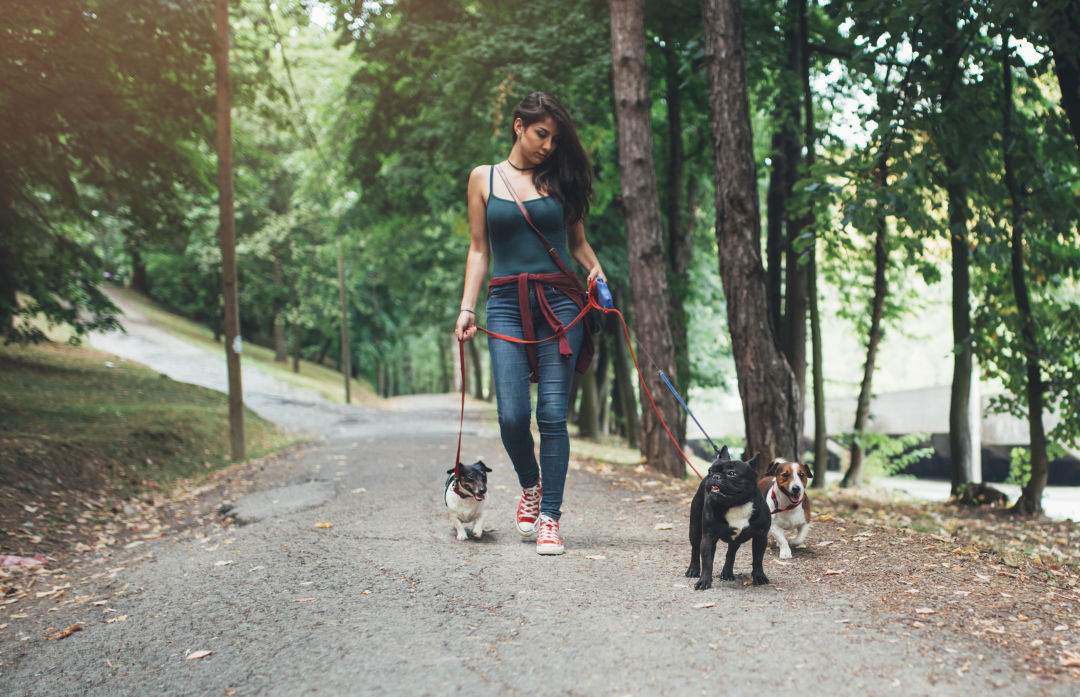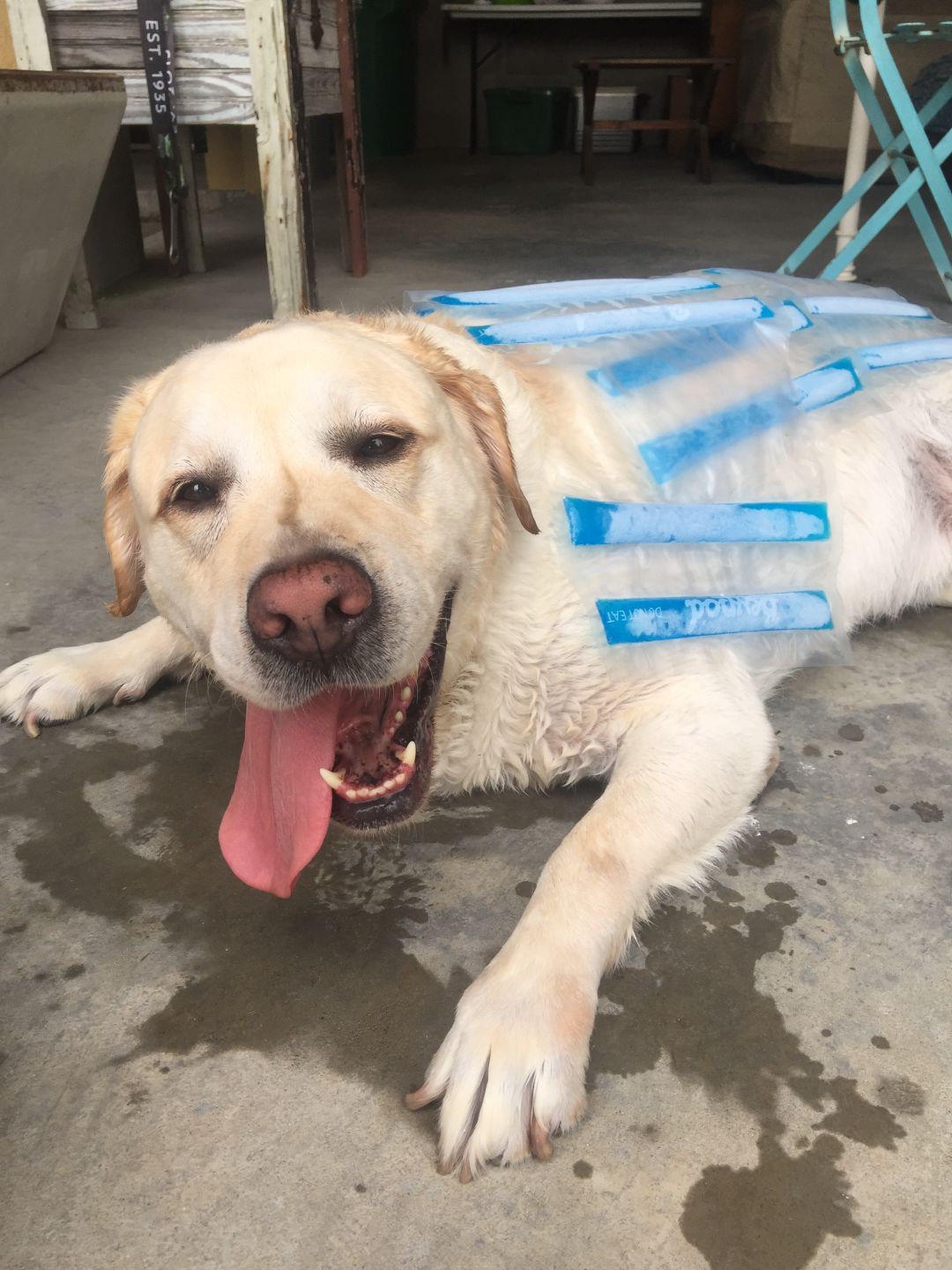6 Tips for Safer Pet Sitting

Make sure your visiting doggos are up for a long walk before you head out to the park.
Image: Shutterstock
My in-laws are off to squeeze the last drops of vacation from summer, and entrusted me to take care of Max, their 107-pound yellow Lab, for the week. "How hard can this be?" I thought. "I've kept him before!" This was mostly correct until it wasn’t.
Follow these pet-sitting tips to make sure both you and the fur baby have a relaxing experience.
Request an Info Sheet
Would you keep your niece, nephew, or neighbor’s child for any period of time without key info like knowing their age, medications, doctors, etc.? Didn’t think so. Ask for the following information before the parents hit the beach: feeding schedule and restrictions, exercise schedule, medications, veterinarian contact info, and any other special instructions.
Socialize the Visiting Animal with Your Own Pets
How frustrated did you get when your cousins would drop in for a holiday visit and screw up your run at perfect, undefeated Tecmo Bowl season? It's worse for your pets. Introduce your pets to the boarding pets at a neutral location or in the backyard (at a minimum). Let them butt-sniff and high-five until they seem relaxed enough to go inside.
Feed Them in Different Locations
Feeding and treats can spell disaster if you don’t manage it effectively. Feed your visitors and your own pets in separate areas to minimize the risk of a fight over an errant bit of kibble. Also, do not give human food or table scraps to your visiting pet unless their parent gave you the green light.
Be Conservative with Walks
Just because your couch potato dogs like walking a mile at a leisurely 20-minute pace, doesn’t mean your in-laws’ super-sized lab can handle it. Get the 4-1-1 on walking and other physical activity before you attempt any physical activity with unfamiliar pets. Walking may be painful if their toenails are too long (touching the ground while they’re flat footed). Limit distance to around the block and keep to the grass if possible. Pay close attention to signals from the animal. Note: biting the leash and running forward may not mean “Let’s go faster!”
Don't Let Them Get Overheated
Max was clearly exhausted and overheated due to his lazy, sofa-sitting, air-conditioned life. Here are the instructions my veterinarian shared with me to treat my overheated companion.
- Hydrate the animal. Lead your visiting animal to the water dish, and let them go for it. Do not force them to drink. They may not be interested initially due to nausea, a symptom of overheating.
- Take their temperature. Most pets should register between 100 and 102.5 degrees Fahrenheit. Use a non-mercury, rectal thermometer to get the most accurate reading. If the temp is 105 or above, get to the vet quickly.
- Cool your pet by spraying them with the hose, wading them in a kiddy pool, or draping them in soaked towels. Avoid using ice packs on the animal’s head to prevent constriction of blood vessels, which limits blood flow. Limiting blood flow to the head is bad.
If All Else Fails, Go to the Vet
“Better safe than sorry” is an idiom for a reason; it's true. Take the pet to his or her normal primary care vet if things get out of hand, or hit the emergency room in a pinch. Don’t rely on an Internet search to heal your pet. Get them to a professional.

Max is happy to be home.
Image: Jason Bargas
Epilogue
I brought Max to the pet ER since his panting was still heavy and he wasn’t drinking water. His temperature was 102.8, and the vet administered intravenous fluids at my request to make sure Max was properly hydrated. As of this writing, he's currently back to normal and gnawing on a treat.




